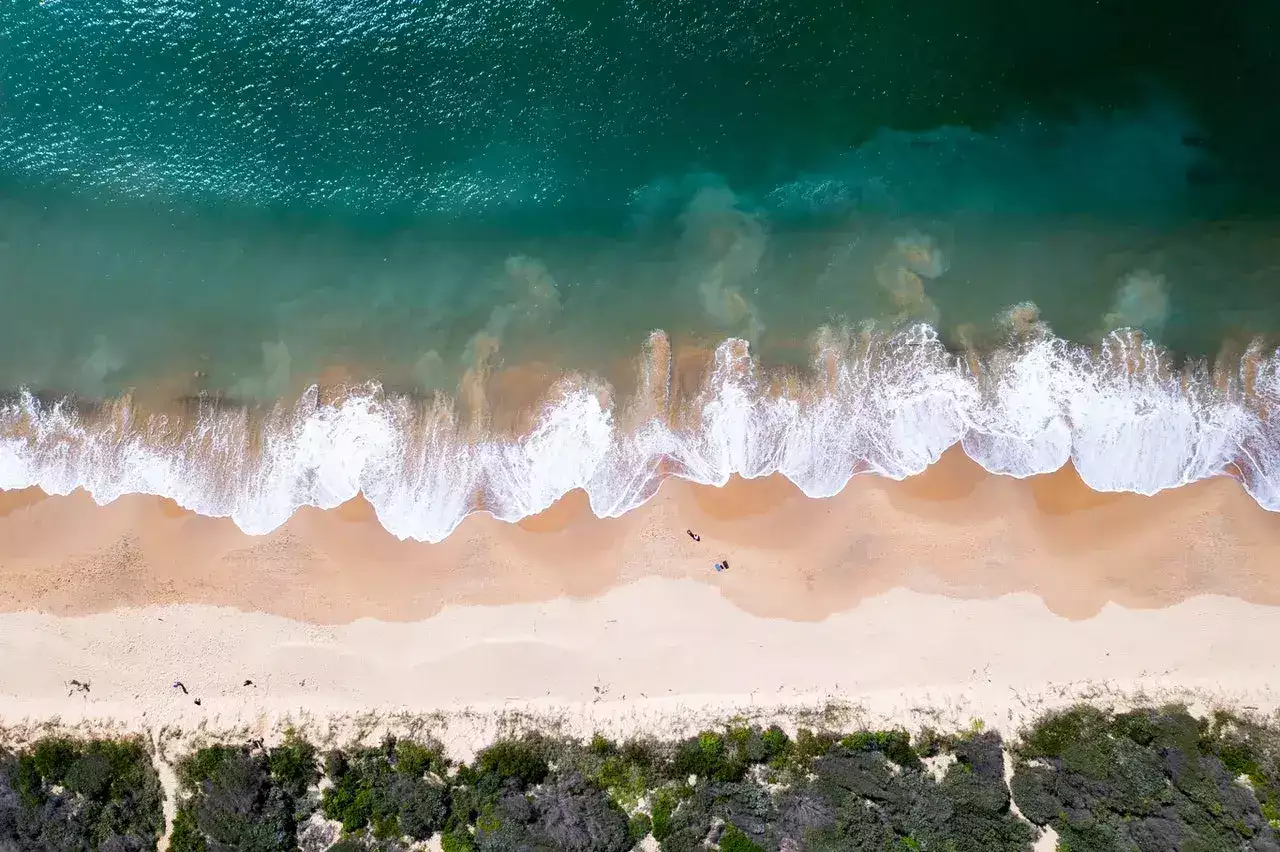
Flood Insurance at a Glance: What Does It Cover?
Many parts of the US experience occasional floods, but few places are as prone to serious flooding as South Florida. With annual lashing from hurricanes, rising sea levels and a high water table that doesn’t give excess water anywhere to go, residents of South Florida are acutely aware of the threat of flooding.
Who needs flood insurance coverage?
Flood insurance isn’t just for homes in high-risk areas, though. The Federal Emergency Management Agency (FEMA) says that all 50 states have experienced floods and that more than 20 percent of the claims it handles come from the moderate- to low-risk regions.
Generally, flood insurance comes in a separate policy, as most primary insurance companies have stopped writing flood insurance policies. This coverage comes from the National Flood Insurance Program (NFIP), a federal agency.
Your flood insurance policy is purchased through a local insurance agency, such as Skylake of Hollywood. Protection is available for homeowners, landlords, business owners and renters. There are two types of coverage provided by NFIP, one for the building and one for its contents. One protects the basic structure of your home or business; the other covers your possessions or inventory.
What does your policy cover?
Separate policies will be required for your basic building insurance and for contents insurance. For a definitive list of coverage, check with your insurance agent. According to NFIP, here’s what your flood insurance policies should cover:
Basic building flood insurance covers the structure from the foundation up, electrical and plumbing systems, HVAC systems, permanently installed features like carpeting, bookcases, cabinets and paneling, and one detached garage — to a limit of $250,000. Attached fuel and water tanks, pumps and solar energy installations are also included.
Contents insurance covers furniture, electronics, curtains, decorations, non-attached carpets, most clothing, most appliances including your refrigerator and freezer, plus the food contained in them — to a limit of $100,000. Certain pre-arranged valuables, such as works of art, can also be included.
So what’s not included?
Here’s an overview of what’s not included in NFIP coverage. As always, be sure to talk with your insurance agent to be sure.
- Exterior features such as fences, decks, patios, any landscaping projects, wells and septic systems, as well as pools or hot tubs.
- Mold and mildew damage, if it is deemed that the homeowner could have taken steps to prevent it.
- Cars, trucks, boats, RVs or any other vehicle, although some coverage may be included in your vehicle’s insurance policy.
- Some personal items may not be covered if kept in rooms below ground level, such as a basement.
- Any cache of money or other valuable documents such as stock certificates or precious metals.
- Alternative living arrangements, should your home be declared uninhabitable, although this coverage can be arranged with your local insurance agent at the time of purchase.
There are conditions.
In some cases, the validity of flood insurance coverage can depend on how the damage was arrived at. To qualify as a flooding event, it has to involve excessive water intrusion affecting either two separate properties or over two acres of land that are usually dry. Flooding from a backed-up sewer must result from a recognized local flooding event, not just a malfunctioning sewer system.
We’re here to help.
To help you navigate the details of flood insurance in the State of Florida, contact Skylake of Hollywood, a full-service general lines insurance agency. The friendly agents at Skylake will help you make informed, sensible and affordable decisions about your property, contents and flood insurance needs.
The SKY is the limit when your dreams are properly INSURED.

